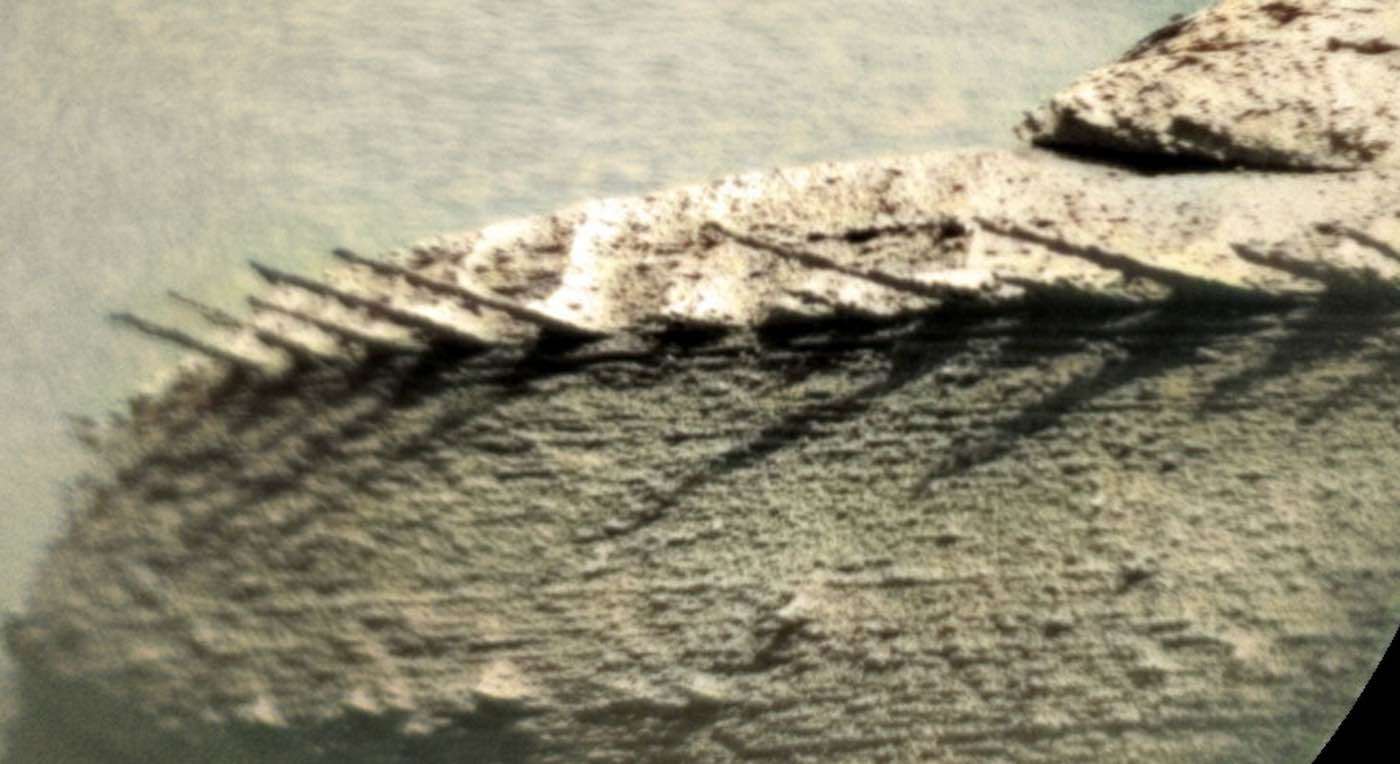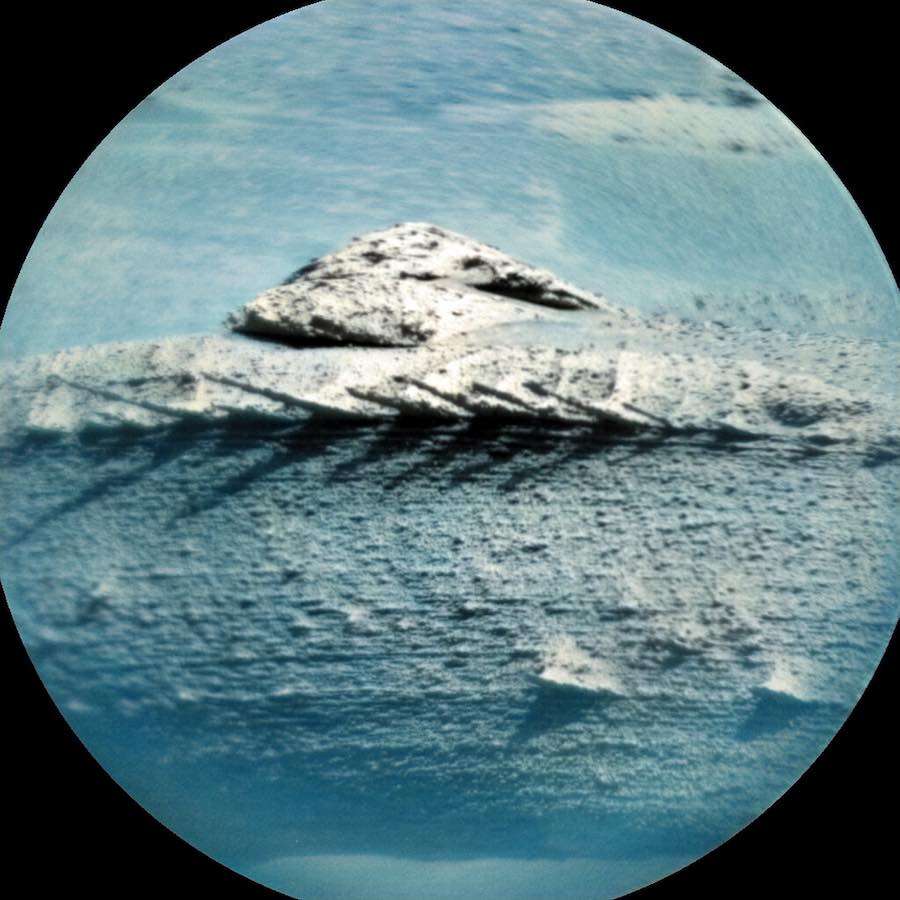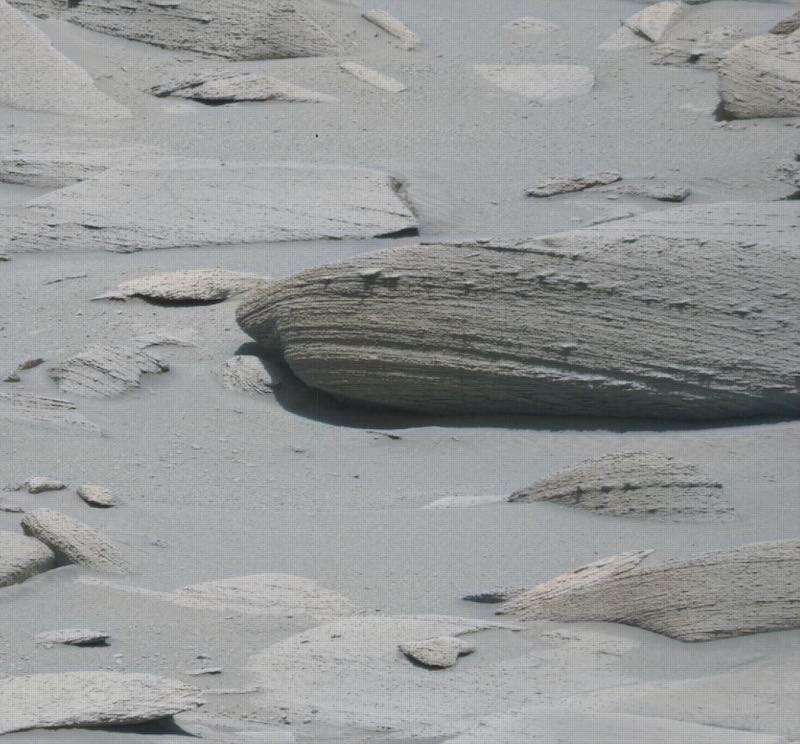Webb Telescope Reveals Yet More Details Never-Before-Seen in Cassiopeia - An Exploding Star
The "Green Monster" in the middle of the shot-an ode to Fenway Park in Boston, is something that scientists don't know what to make of.

The Mars Curiosity rover has discovered some bizarre bone-like structures on the surface of Mars.
The photographs, released by NASA, appear to show strange protrusions from rocks on the Red Planet.
The observations, taken on Martian day Sol 3786 (April 1) by both the rover's mast camera and ChemCam, shows a slab made presumably of rock with rows of equally spaced "spikes" sticking out of them.
Guesses at what is shown in the images range from fish bone fossils to a dragon-like creature. Others insisted the Martian winds probably eroded the rocks over a large expanse of time. One person reported that they never saw anything like this, even after "looking into Mars images since the Sojourner mission back in 1997."
"In 20 years of studying Mars, that's the most bizarre rock I have ever seen," wrote astrobiologist Nathalie A. Cabrol. "I cannot wait to have a microscopic image of this one."
"I think it's the wind," said Twitter user Martin Weil. "If it blows over loose sand for a sufficiently large number of eons, every geometric form known to us may eventually be created. We just need patience."

Excited online commenters thought it looked like fish vertebra, fish fossils, or the skeleton of some prehistoric creature.
But NASA's Jet Propulsion Laboratory in California explained the phenomenon this way: "Often, the odd-shaped rocks have their origin in the ancient past, when liquid water seeped through the cracks in the rock, bringing minerals along with them." He added, "These minerals were harder than the rock around them, so the wind eroded everything away except the minerals."
Curiosity is a car-sized rover that has been exploring the Gale crater on Mars since August 2012 as part of NASA's Mars Science Laboratory (MSL) mission.

Its mission goals include an investigation of the Martian climate and geology, and to prepare for human exploration.
Gale is a crater, and probable dry lake, that is 96 miles in diameter (154 km) and about 3.5–3.8 billion years old. So we like to imagine these are the spine of a fossilized dragon in its final Martian resting place.
DON'T KEEP This One-of-a-Kind Mars Discovery to Yourself–Share on Social Media…
Be the first to comment